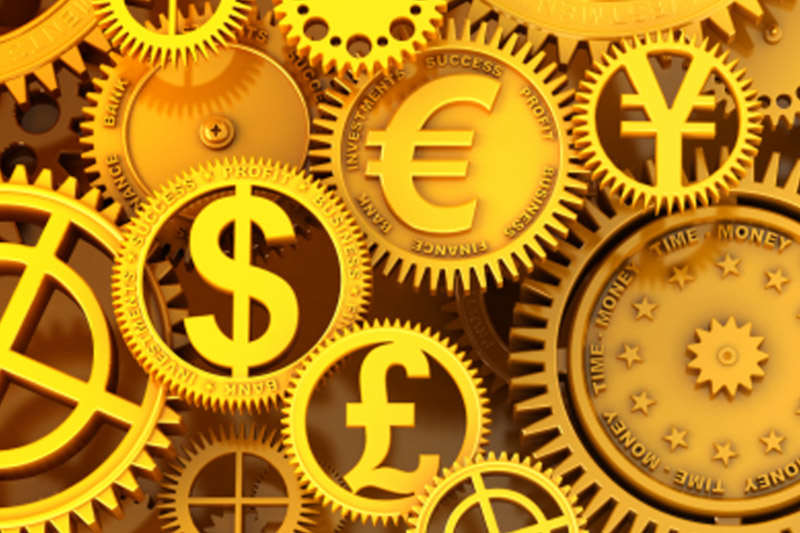Fubotv earnings beat by $0.10, revenue topped estimates
Investing.com - The foreign exchange market has seen an extension of the recent de-risking in the lead up to this week’s U.S. tariff deadlines, with CFTC showing that asset managers and leveraged investors alike continued to sell the U.S. dollar.
The main beneficiaries of this latest phase in the now months-old trend have been the euro and sterling, according to analysts at UBS, in a note dated March 31.
This represents a notable shift, especially in sterling where asset managers and leveraged funds combined held a net short position as recently as three weeks ago and are now long, UBS said, but even in euro fast money investors were still net short as recently as two weeks ago, and have now gone long instead.
The Swiss bank’s macro attribution model points to flows as the likely explanation of this price action, rather than to changes in macro variables such as rate differentials; this gives us reason to think of de-risking (i.e. reducing long-held bullish USD positions) as the prevalent driver at work.
And while we acknowledge that a more bearish narrative around the U.S. has been emerging in broad markets, short USDJPY positioning, i.e. its typical expression in FX space, remains stable.
Looking ahead to this week’s U.S. tariff deadlines, outside of USDJPY shorts, a clear "pain trade" that could act as a catalyst to large price shifts seems to be missing.
This might in part be explained by the fact that most FX pairs we focus on are trading in line with short-term macro variables. EURUSD in particular is currently trading very close to the bank’s latest 1.0831 short-term fair value estimate, as is USDCAD for which the model estimate is 1.4331). Larger deviations, of more than two standard deviations, can be found instead in EURSEK and USDJPY.
